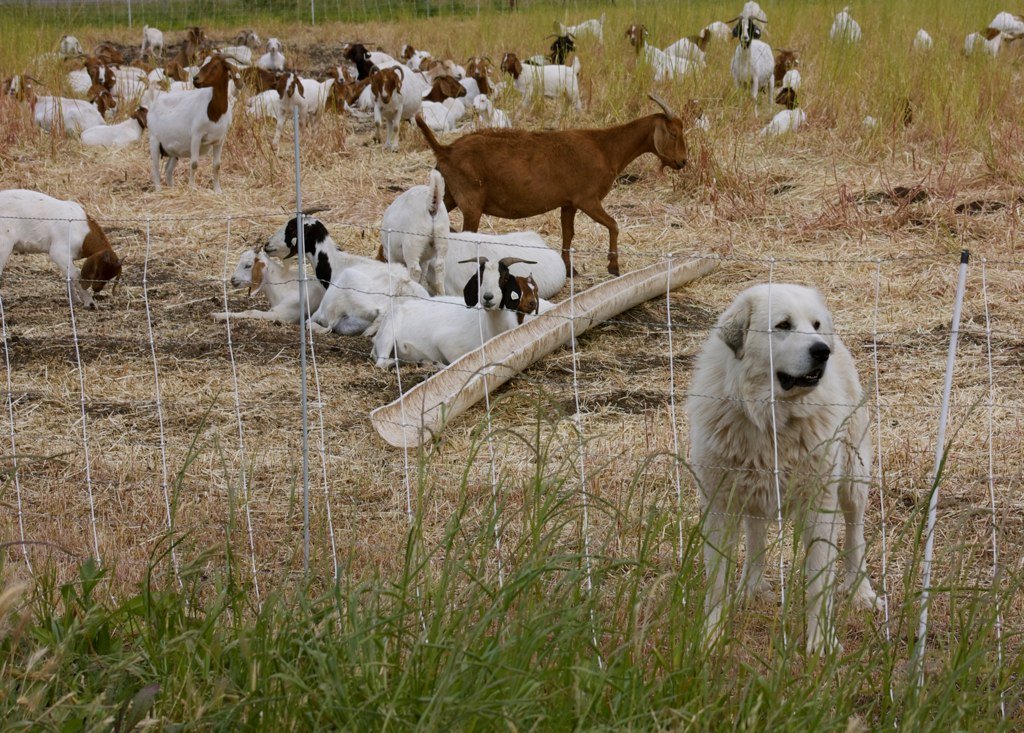Ever wonder which cat breed reigns supreme in your state? From Maine Coons in the Northeast to sleek Siamese favorites in the South, each region of the U.S. seems to have its own feline preference. This ranking of America’s 15 most popular cat breeds—broken down state by state—reveals some surprising regional favorites. Whether it’s the affectionate Ragdoll or the playful Bengal, each breed reflects a little bit of the lifestyle and personality of the people who love them. It’s fascinating to see how climate, culture, and even living space influence which cats people choose. Some breeds are adored coast to coast, while others are hidden gems in just a few areas. Curious to see if your favorite made the list in your home state? Let’s dive in!
The Border Collie: The Einstein of Farm Work
You’ve probably heard people say Border Collies are the smartest dogs around, and when it comes to farm work, they absolutely prove it every single day. Border Collies are a common breed used on many farms and ranches. The dogs are extremely intelligent with a high energy drive and need to work. These incredible animals don’t just herd sheep – they read livestock like a book, anticipating their movements and making split-second decisions that would impress any rancher.
Developed on the Scottish-English border for their natural ability and drive to herd sheep, border collies continue to be widely used as working farm dogs around the world. Many experts argue that the border collie is the smartest dog breed. Their intense focus and work ethic mean they’re happiest when they have a job to do, making them absolutely perfect for the demanding life on American farms. Border collies’ work ethic is incredibly strong, and ensuring they have a job to do will help them to thrive.
Australian Cattle Dog: The Tough Little Heeler
Australian Cattle Dogs, better known as “heelers” are a staple for livestock owners and handlers. These dogs are compact and built for a hard day’s work around the ranch or out on the summer range. What makes these dogs special isn’t just their toughness – it’s their unique herding style that’s absolutely fascinating to watch. They have powerful herding instincts and are known for their ability to quickly nip the heels of livestock.
These dogs are very loyal and just as willing to take a drive in the truck as they are to herd cows. They were literally bred to handle Australia’s brutal outback conditions, so American farms feel like a vacation to them. Australian cattle dogs were developed to herd in extreme weather conditions from intensely scorching temps to a rainy Australian Outback. Their background includes collies, Dalmatians, and even dingos. These dogs are smart, hardy, and energetic.
Great Pyrenees: The Gentle Giant Guardian
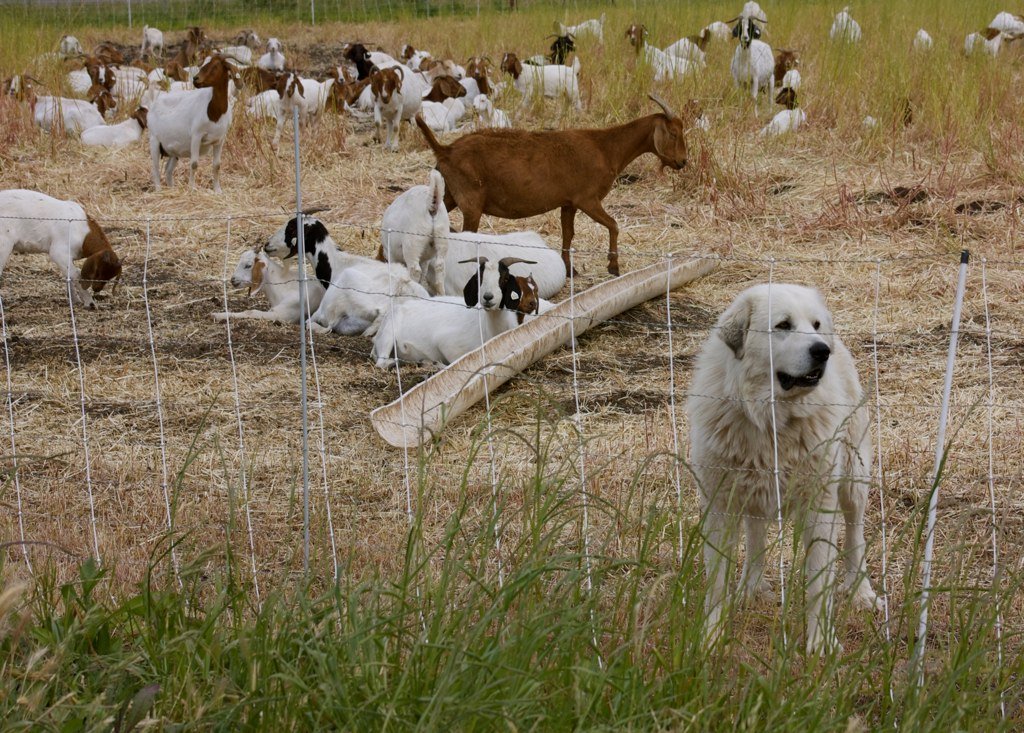
When you first see a Great Pyrenees, you might think they look more like a fluffy polar bear than a working dog, but don’t let that fool you. Known For: When hearing “Livestock Guardian Dog,” many automatically picture a Great Pyrenees. They’re also nocturnal, so they can protect your herd all night. These majestic dogs have been protecting livestock for centuries, and they’re absolutely incredible at what they do.
Bred centuries ago to work with shepherds and herding dogs in the Pyrenees Mountains, the Great Pyrenees was tasked with watching the flock and deterring predators, such as wolves, bears, or livestock rustlers. Their patience and courage are traits that made them so legendary at their jobs.
What’s amazing about Great Pyrenees is how they switch between being gentle family companions during the day and fierce protectors at night. These dogs are gentle towards livestock and children and fearless towards unwanted predators. Their nocturnal sleep schedules mean they can stay up and interact with your livestock all evening, so there’s no need to worry about them being out to pasture.
Australian Shepherd: The All-American Ranch Hand
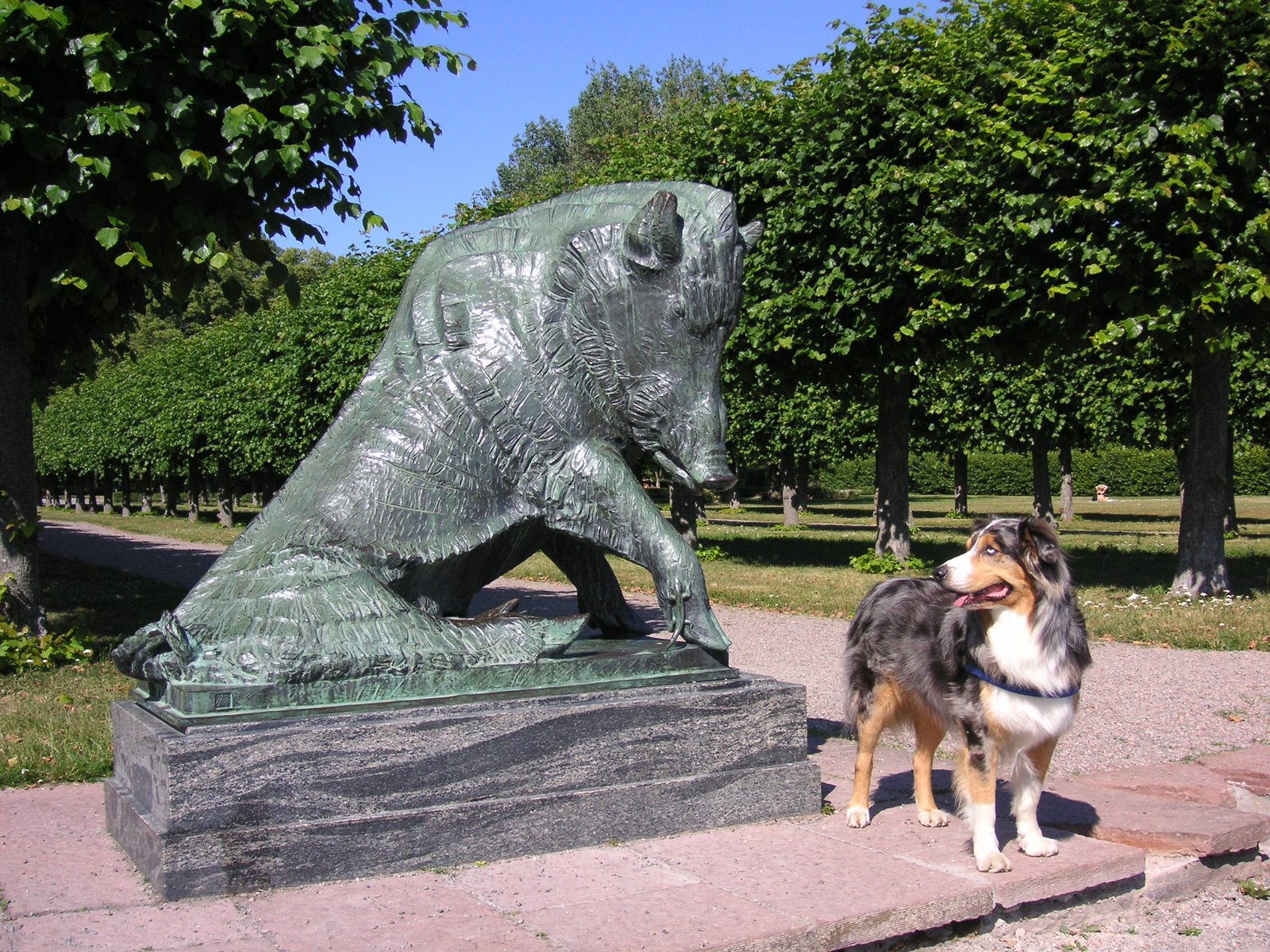
Here’s something that might surprise you – Australian Shepherds aren’t actually from Australia at all! Despite their name, the Australian shepherd was developed in the United States, but their predecessors came by way of Australia. These dogs became the ultimate American ranch hands, and for good reason.
Australian Shepherds or “aussies” are a midsize breed known for their intelligence and herding instincts. Fast learners and always ready to work, these dogs are great for herding sheep, cows or even kids. While they are bursting with energy, this breed is known for its loving and agreeable nature making them equally great as family and companion pets.
What makes Aussies special is their versatility – they can switch from serious ranch work to family fun without missing a beat. Aussies are excellent herding and all-around ranch dogs. The medium-sized dogs are adept at herding livestock and capable of a range of farm duties, including protection.
Anatolian Shepherd: The Independent Protector
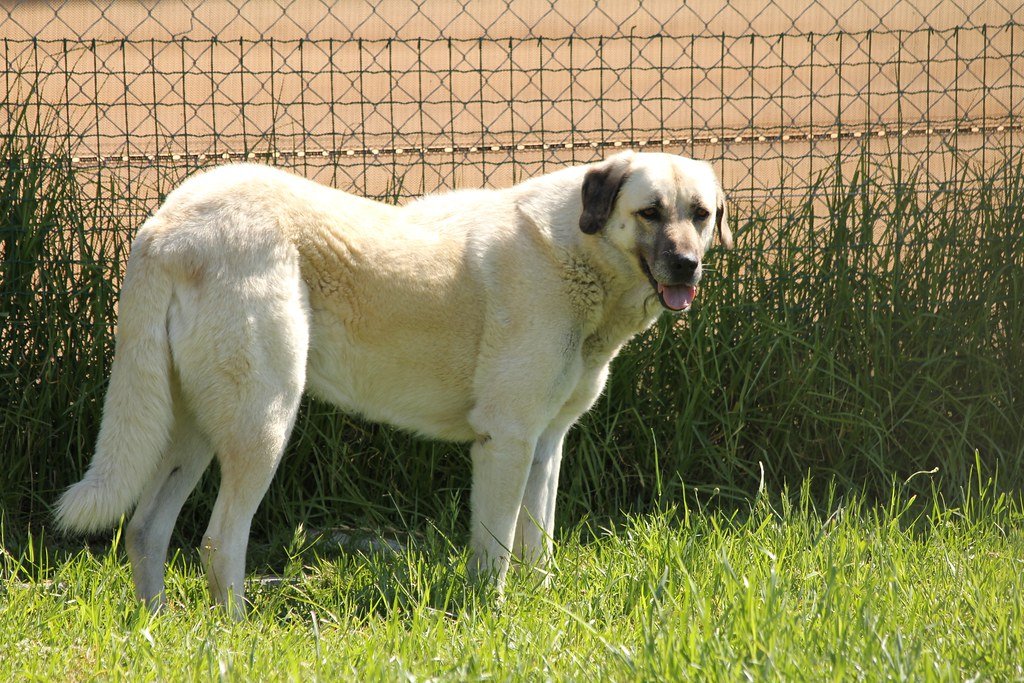
If you want a dog that can think for itself and make life-or-death decisions about your livestock, the Anatolian Shepherd is your breed. Sheep and goat herders in Anatolia (or Asia Minor, the Asian portion of Turkey) developed this protective and territorial dog as a livestock guardian. Prior to World War II, the United States Department of Agriculture imported a breeding pair from Turkey in a top-secret “Sheepdog Project,” and thus, its American history began.
Anatolian Shepherds are known to intimidate their predators rather than fight them, and are still active ranch dogs today, protecting everything from sheep and goats to ostriches and llamas. These dogs are fascinating because they prefer psychology over brute force – they’d rather scare off a coyote than fight one.
Anatolians are large dogs that are still used today to guard sheep and other livestock, and the breed’s temperament reflects this function. The AKC breed standard states that an Anatolian Shepherd Dog should be “loyal, independent, and reserved.” They’re basically the strong, silent types of the dog world.
Pembroke Welsh Corgi: The Short-Legged Speedster
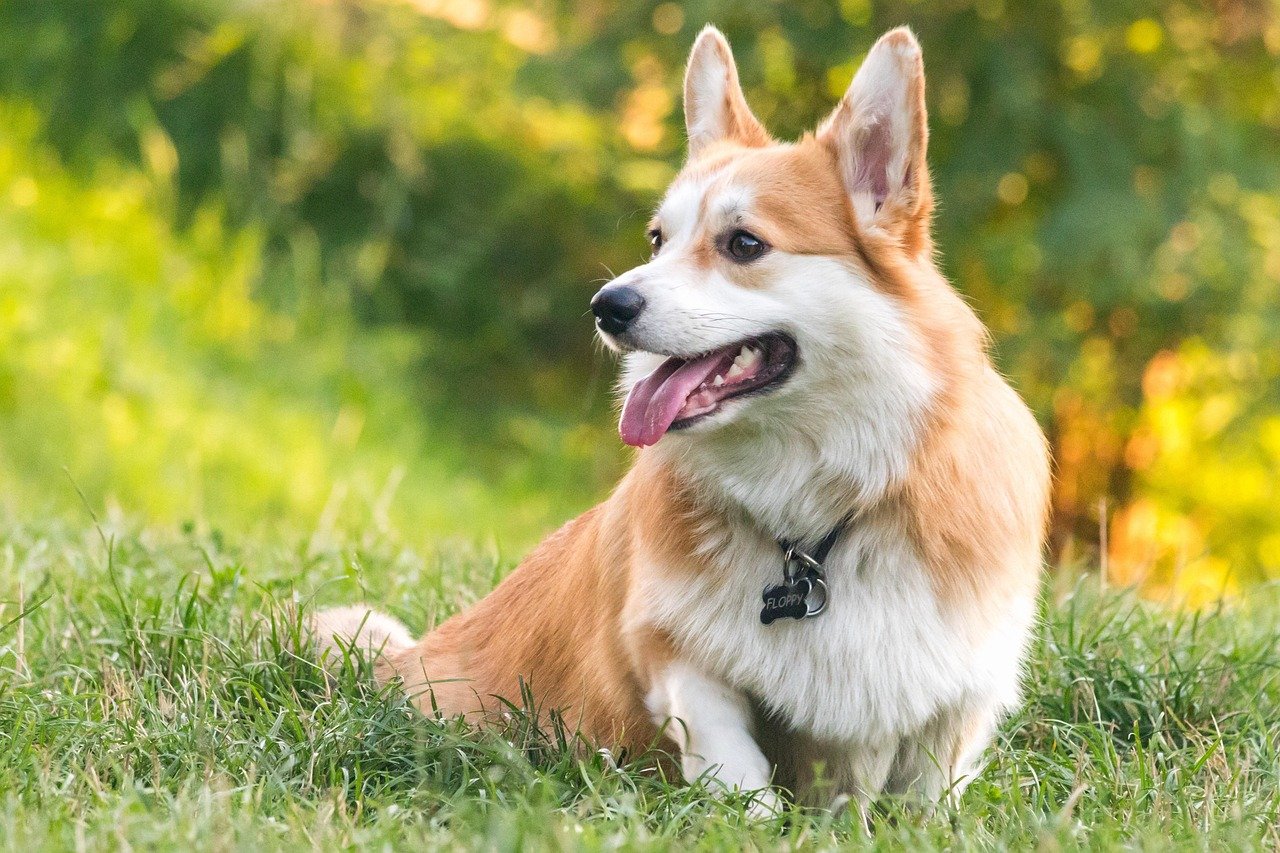
Don’t let those stubby legs fool you – Corgis are serious cattle herders with attitude to spare. Corgis were bred to herd cattle, nipping at their heels to make the cows move along. This particular style of herding is called heeling, making Pembrokes a part of the herding group known as heelers. While Corgis can herd anything from cats, chickens, ducks, sheep, or goats, this breed excels best at herding cattle. Their low-to-the-ground design isn’t just cute – it’s actually genius engineering for cattle work.
The combination of their low height off the ground and innate agility allows them to avoid the hooves of cattle. These little powerhouses can hit speeds of 25 miles per hour when they need to, proving that size definitely doesn’t matter when you’ve got heart and determination. From their small stature, robust and stubborn nature, constant barking, and heeler style of herding, Corgis make ideal dogs for cattle ranches and farms.
Rottweiler: The Surprising Cattle Specialist

Most people think of Rottweilers as guard dogs or police dogs, but they’re actually amazing cattle herders with a secret talent. Rottweilers are the most overlooked of the herding dog breeds as they are usually considered law enforcement dogs more than herders. But these mighty dogs might surprise you. Good-natured, devoted, obedient and alert, Rottweilers are fearless dogs with a strong desire to protect their home, family, and livestock.
What’s incredible about Rottweilers is their adaptability – they naturally adjust their herding style depending on what animals they’re working with. Rottweilers are natural herders and generally do not need to be trained. One of the most interesting things about Rottweilers’ herding traits is their ability to change their style to suit the livestock they are herding best. Rottweilers excel at herding sheep, goats, and cattle. They’re like the Swiss Army knives of farm dogs – tough, reliable, and surprisingly versatile.
Bernese Mountain Dog: The Gentle Giant Worker
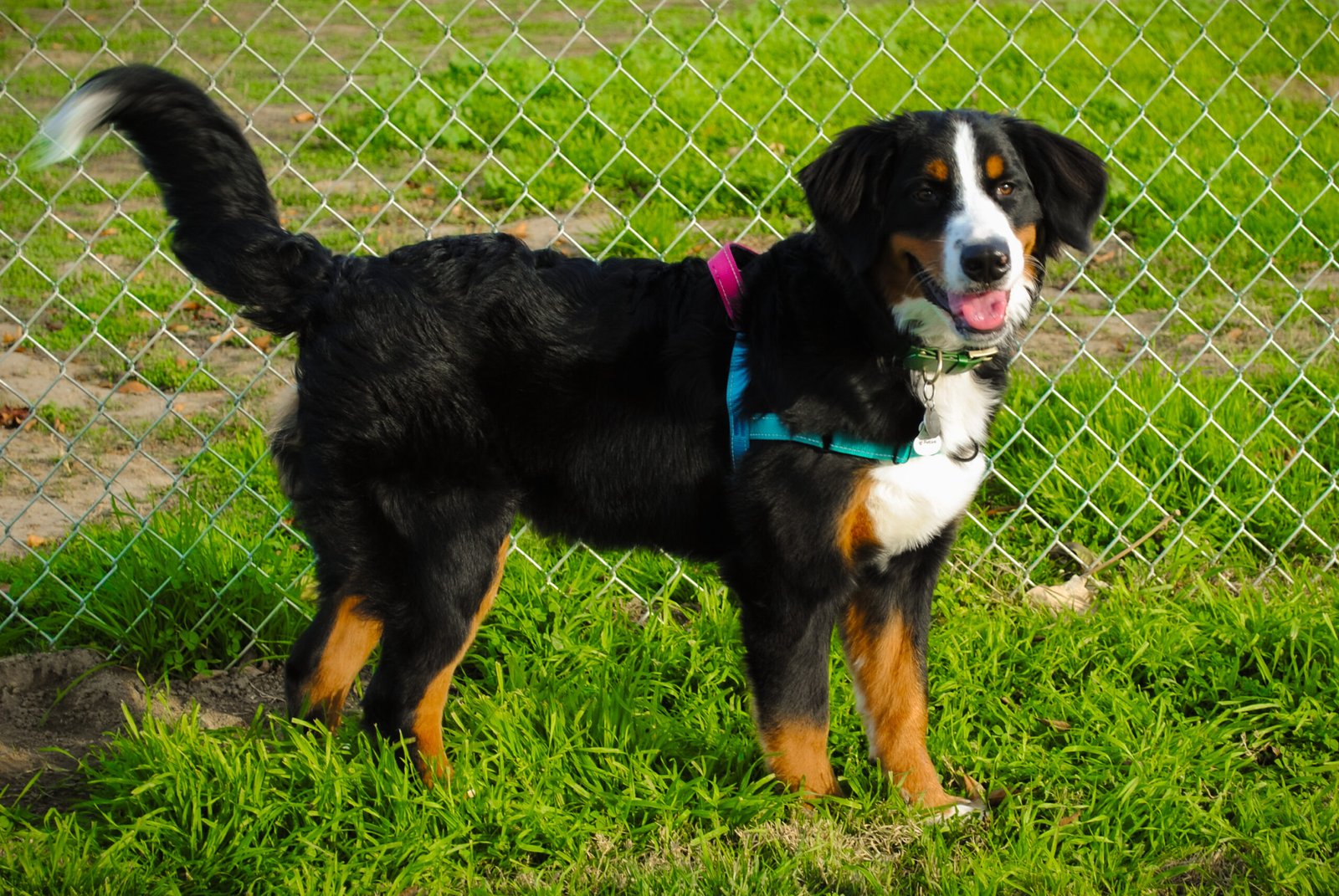
When you see a Bernese Mountain Dog’s sweet face, you might wonder how something so adorable could be a serious farm worker, but these dogs are tougher than they look. The Bernese Mountain Dog was built for hard work. They were bred to drive cattle and guard farmyards from predators, and they were revered for their ability to pull many times their own weight as drafting dogs. These Swiss farm dogs are basically the gentle giants of the working world – strong enough to pull heavy carts but sweet enough to babysit your kids.
Bernese Mountain Dogs are loyal and loving companions in a powerful package. The sturdy dogs are built for work and devoted to pleasing. Originally bred to protect livestock in Switzerland, they use their strength and intelligence to fend off predators but their kind nature generally keeps them from engaging with human threats. They prove that you can be both a serious worker and a family sweetheart at the same time.
Komondor: The Mop Dog with a Mission
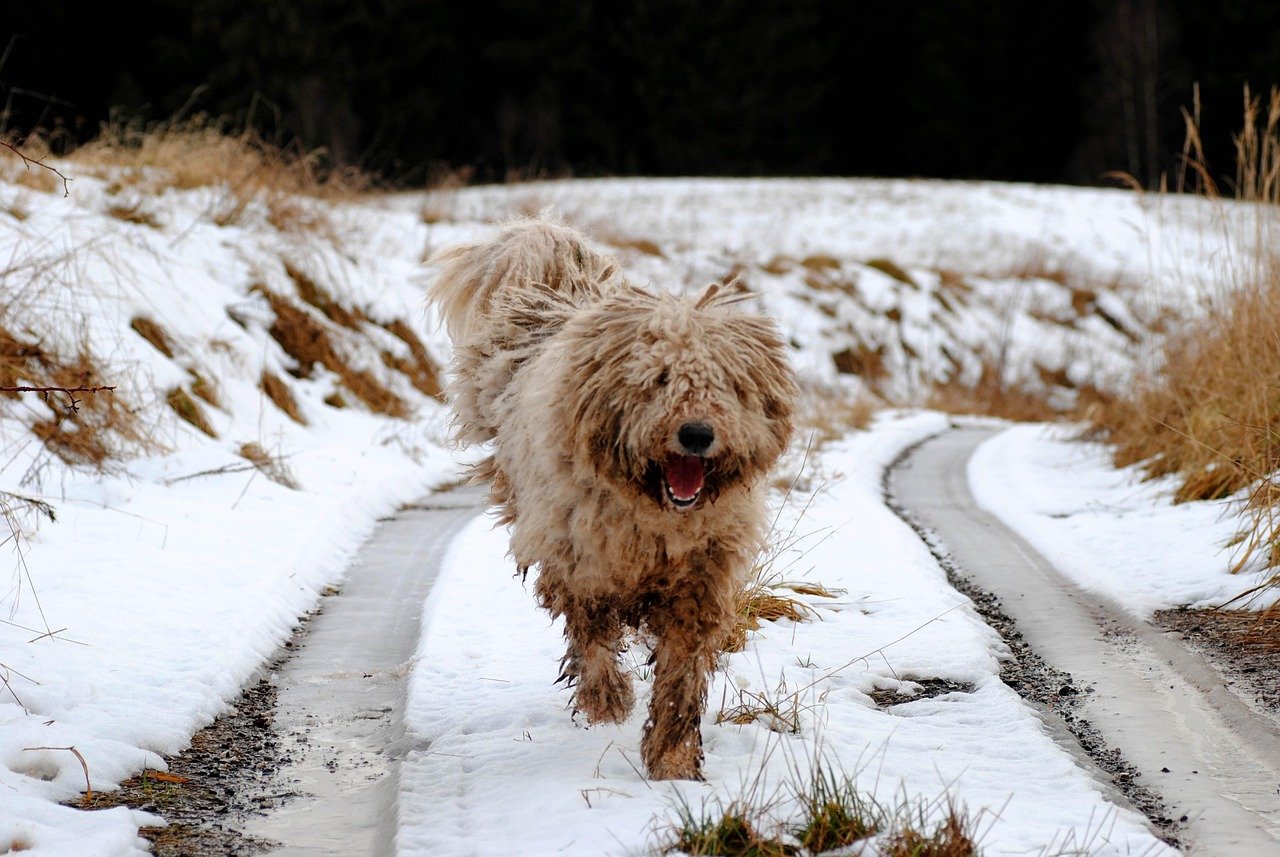
The Komondor looks like a giant walking mop, but that distinctive corded coat serves a brilliant purpose on farms. The heavy white cords that make up the Komondor’s unusual coat help the dogs blend in with the sheep they guard and serve to protect against extremes of weather as well as predators. These Hungarian dogs are basically masters of disguise – predators think they’re just another sheep until it’s too late.
With one of the most striking appearances of all dogs, the Komondor is an ancient and relatively rare breed that traces its origins back to Hungary. According to Tamsin Pickeral’s The Spirit of the Dog, the Hungarians consider the Komondor a national treasure, and the breed has often been referred to as a “king” among livestock guardians. The AKC breed standard describes the Komondor’s temperament as “loyal, dignified, and brave,” and these qualities serve the breed well in its function to protect flocks and herds (usually sheep) from predators. Their appearance might make you smile, but their protective instincts are absolutely serious business.
German Shepherd: The Multi-Talented Farm Hand
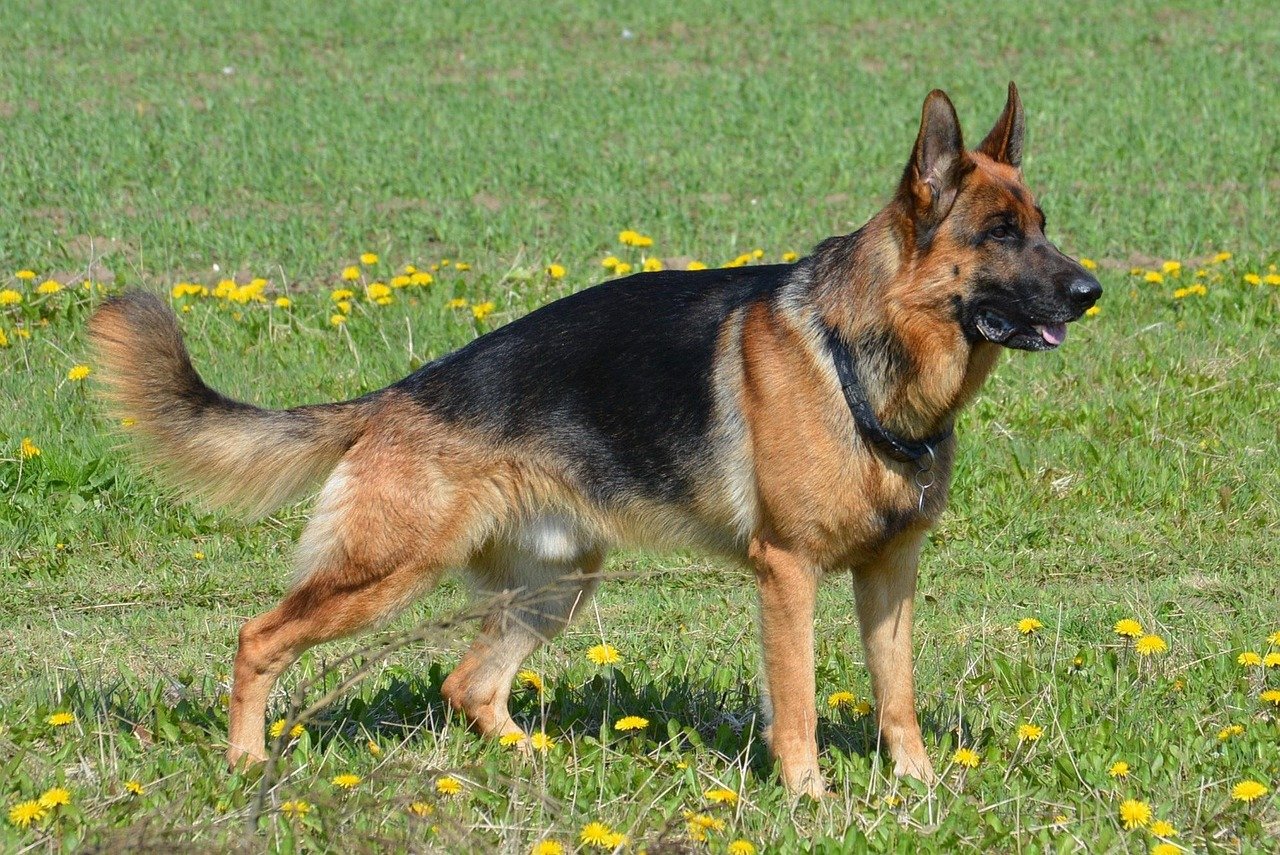
German Shepherds might be famous for police work and military service, but their roots are solidly planted in farm soil. The German shepherd dog is one of the most popular dogs in the United States. Today, they’re often seen as military or police working dogs, but the breed was originally developed to work on farms. Although “shepherd” is in their name, German shepherd dogs are capable of herding more than sheep.
What makes German Shepherds special on farms is their incredible intelligence combined with their natural protective instincts. They can manage all kinds of livestock, cattle included. And if there are no animals to herd, you may see them rounding up kids and other family members. These dogs are like having a Swiss Army knife with four legs – they can herd, guard, and even help with general farm tasks.
Today, some like the Belgian Malinois and the German Shepherd Dog are commonly used for police and protection work. The herding instinct in these breeds is so strong that Herding breeds have been known to gently herd their owners, especially the children of the family.
Australian Kelpie: The Intense Workaholic
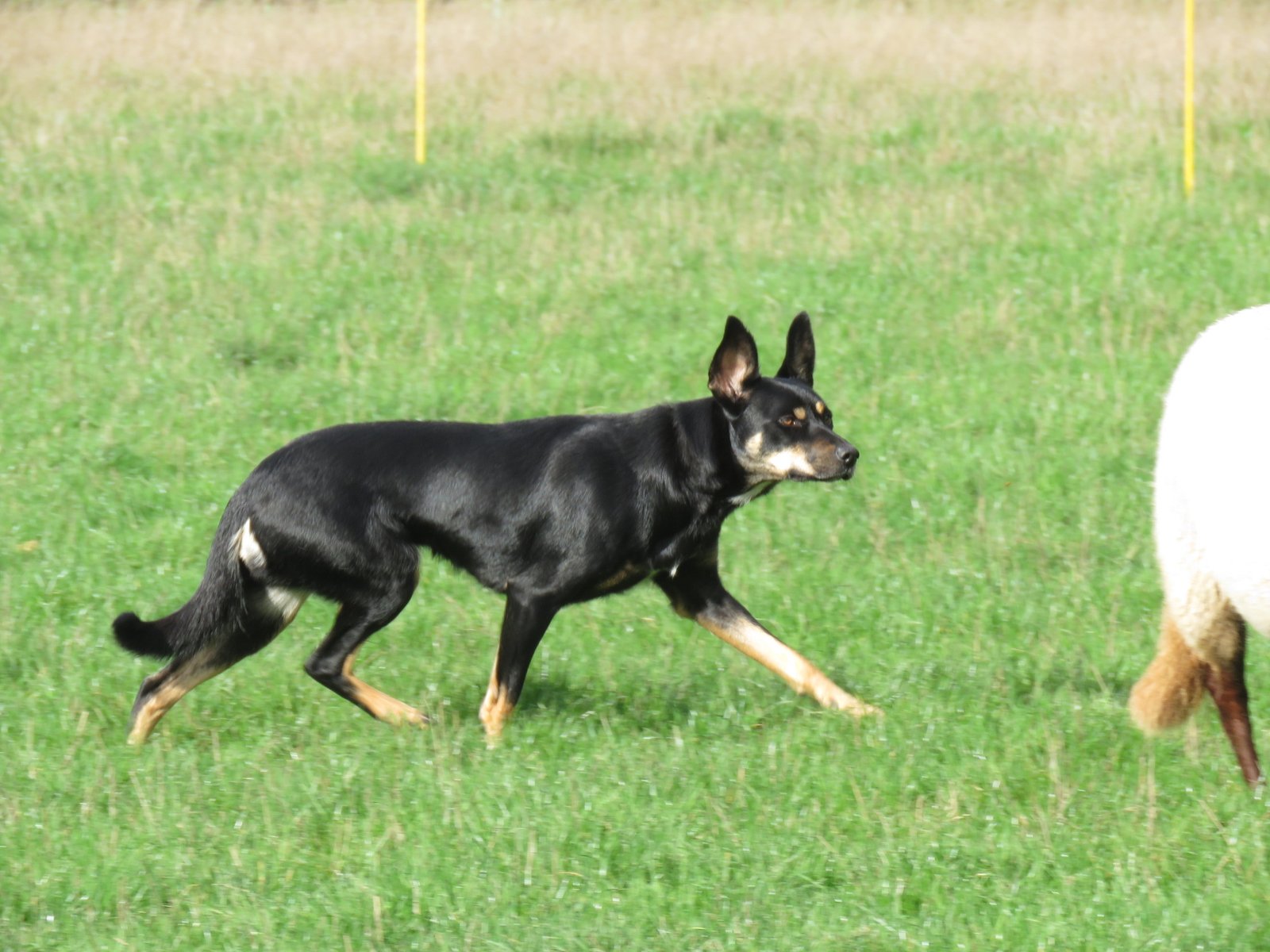
If Border Collies are the professors of herding, Australian Kelpies are the intense graduate students who never sleep. Australian Kelpie or just “kelpie” dogs are tenacious herders known for their intensity while moving livestock. Like heelers and aussies, the breed has strong herding instincts but with a little more aggression. Their strong attitude and abilities are great for taking on ornery cattle or encouraging livestock out of thick undergrowth. These dogs were developed specifically to handle Australia’s harsh conditions, so they bring that toughness to American farms.
Australian Kelpie: Originating from the Collie, this breed was developed to withstand the harsh heat and dry conditions in Australia. What’s fascinating about Kelpies is their incredible work drive – they’re the type of dogs that get depressed if they don’t have enough to do. Once adapted to a family or person they are very loyal dogs. With early training, the dogs become attached to and devoted to protecting their herd. While good natured, they can become independent and aloof if left alone too long making it important to have constant human interaction.
Hangin’ Tree Cowdog: The American Original
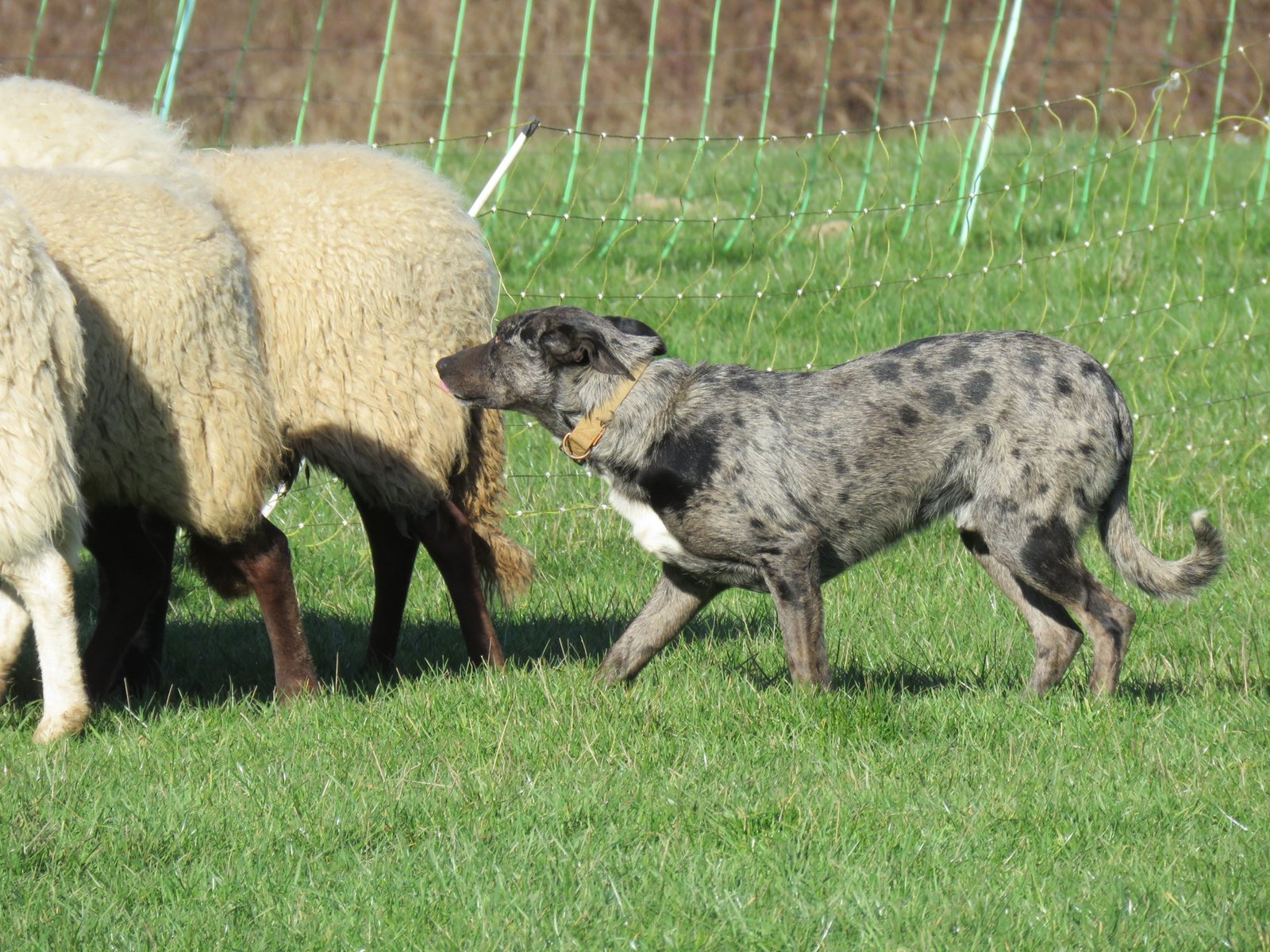
The Hangin’ Tree Cowdog might not be recognized by the American Kennel Club, but on American ranches, they’re absolutely legendary. Hangin’ Tree Cowdogs were bred for the sole purpose of cattle and livestock handling. The breed originated by mixing other popular herding dogs including the Border Collie, Catahoula, Kelpie and Australian Shepherd. They are known for not backing down when working aggressive or ornery cattle and while the breed is not recognized by the American Kennel Club, they may be registered under the Hangin’ Tree Cowdog Association.
Here’s what makes these dogs incredibly special – to even be registered as a Hangin’ Tree Cowdog, they have to prove they can actually do the job. Unlike most associations, breeding and bloodline alone do not qualify an animal for registration. To be a registered Hangin’ Tree, the dog must have registered parents AND photo proof of the dog biting a cow’s head/nose and heels. They’re basically the Navy SEALs of cattle dogs – only the toughest make the cut.
Black Mouth Cur: The Southern Multitasker
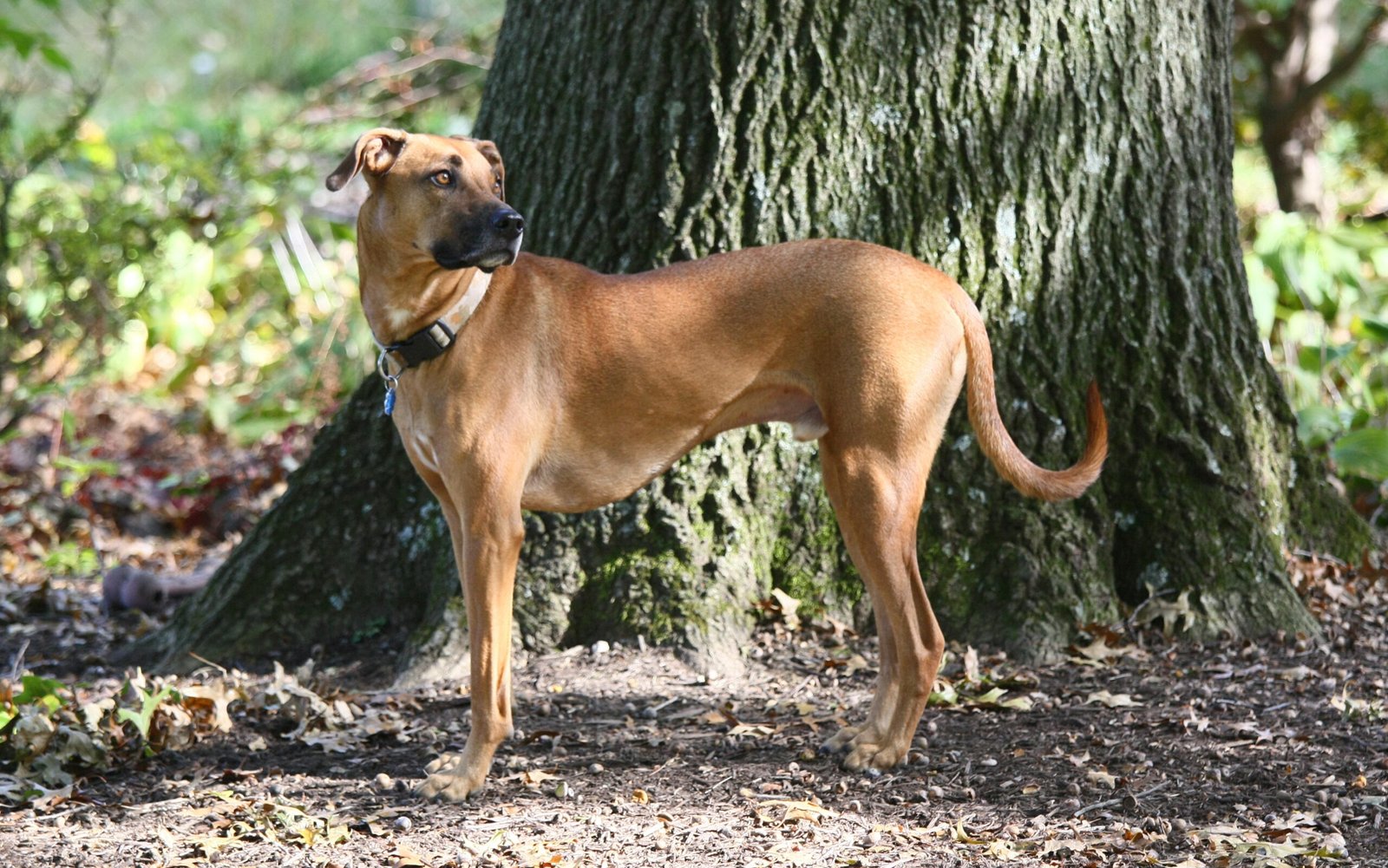
Black Mouth Curs might not have the fancy pedigree of some other breeds, but in the American South, they’re treasured as incredible all-around farm dogs. Their origins are unclear, but it’s believed that the black mouth cur was developed by European settlers who came to the southern U.S. with multi-purpose dogs.
These dogs were treasured as loyal companions who look after their human families and work hard on farms and ranches to protect livestock. Today’s black mouth curs are still used for herding, driving, and hunting but have become more popular as pets for highly active families. What makes these dogs special is their incredible versatility – they can herd cattle in the morning, hunt wild boar in the afternoon, and guard the homestead at night.
Bred in the southeastern United States, Black Mouth Cur dogs are all-around working dogs with a mixed background. They represent the American spirit of making do with what you have and doing it better than anyone expected. These dogs don’t need fancy bloodlines – they just need heart, and they have plenty of it.
Walking through an American farm today, you might be surprised by the incredible variety of four-legged workers still earning their keep the old-fashioned way. These breeds represent thousands of years of careful selection and partnership between humans and dogs, proving that some jobs will never be replaced by technology. From the brainy Border Collie calculating sheep movements to the tough little Corgi dodging cattle hooves, each breed brings something unique to the farm. They’re not just working animals – they’re family members who happen to have the best job in the world. What’s your guess about which of these amazing breeds would fit best on your dream farm?

Born and bred in South Africa, a Capetonian at heart. Amy-Leigh’s love for nature and animals was inherited from her Dad. He loves taking the family on road trips to experience nature at its finest; Amy-Leigh’s favourite being whale watching in Hermanus and spotting Kudu along the West Coast. Amy-Leigh holds a BA in English Literature and Communication Studies.

